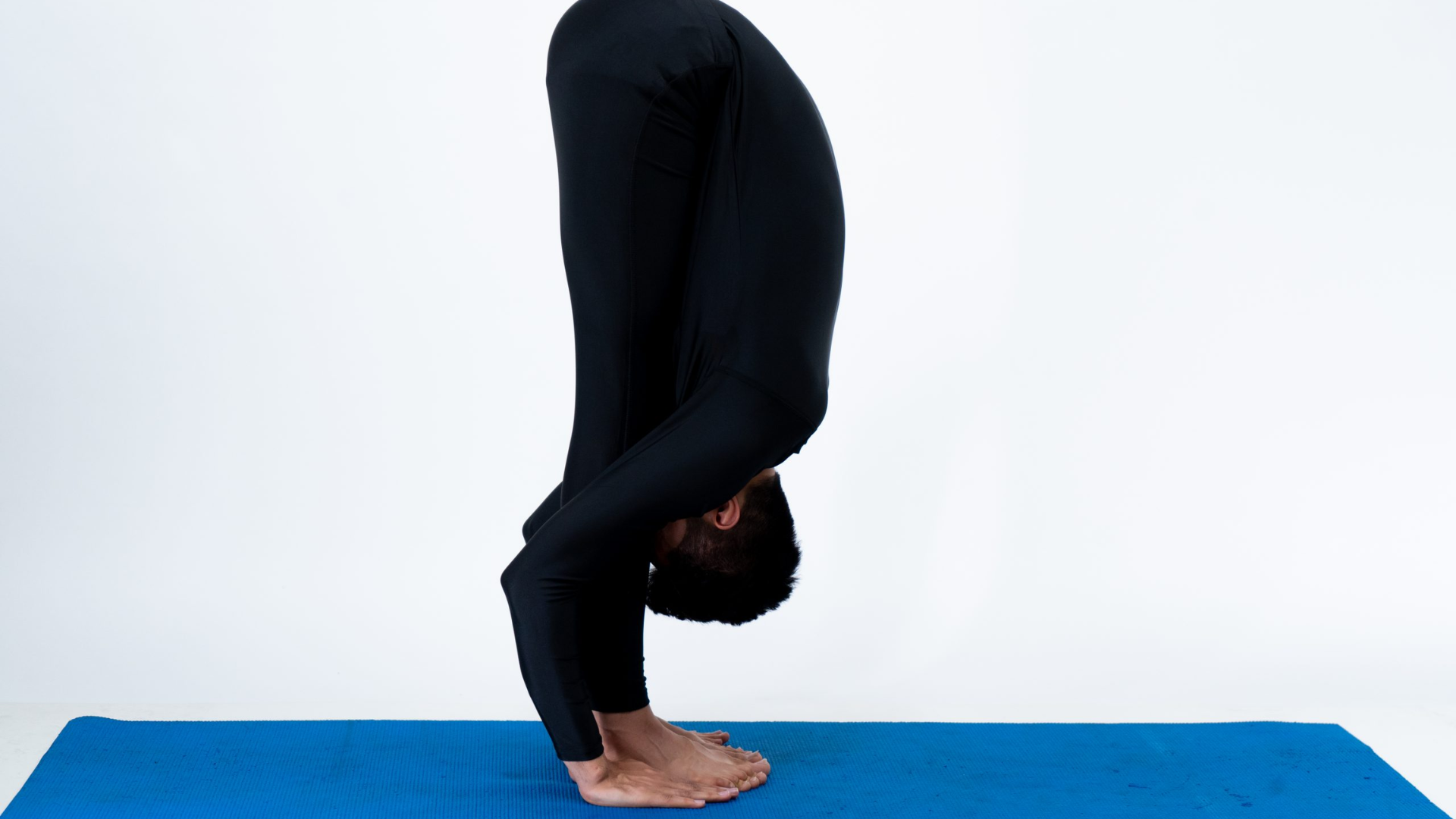
Uttanasana, or the Standing Forward Bend, is a fundamental yoga pose that offers a multitude of benefits. Whether you’re a beginner or a seasoned yogi, Uttanasana is a powerful posture that can help improve flexibility, relieve stress, and enhance overall well-being. Let’s dive into how you can do this pose correctly and explore the amazing benefits it brings.
How to Do Uttanasana
Performing Uttanasana might seem straightforward, but proper alignment and technique are key to reaping its full benefits. Follow these steps to practice the Standing Forward Bend safely and effectively:
Step-by-Step Guide:Begin Standing Tall:
Start in Tadasana (Mountain Pose). Stand with your feet together and arms at your sides. Ensure your weight is evenly distributed across both feet.
Inhale and Stretch Up:
Raise your arms overhead with an inhale, lengthening your spine.
Exhale and Bend Forward:
As you exhale, hinge at your hips (not your waist) and begin to fold forward. Keep your spine long and your head in line with your spine.
Place Your Hands:
Place your hands on the floor beside your feet or on your shins, depending on your flexibility. If you can’t reach the floor, don’t worry—just rest your hands wherever they reach comfortably.
Relax Your Neck and Shoulders:
Allow your head to hang freely and relax your neck and shoulders. Let gravity do the work.
Engage Your Legs:
Engage your quadriceps (front thigh muscles) to help release your hamstrings. Keep a slight bend in your knees if your hamstrings are tight.
Hold the Pose:
Stay in this position for 5-10 breaths. With each exhale, see if you can deepen the stretch a little more.
Come Up Slowly:
To come out of the pose, engage your core, bend your knees slightly, and slowly roll up to standing, stacking each vertebra one at a time. Lift your head last.
Benefits of Uttanasana
Incorporating Uttanasana into your yoga routine offers a variety of benefits, both physical and mental. Here are some of the key advantages:
Physical Benefits:
Improves Flexibility:
Regular practice helps increase flexibility in your hamstrings, calves, and hips.
Strengthens Legs and Spine:
Engaging your leg muscles during the pose strengthens your legs and spine.
Stimulates Abdominal Organs:
The compression of the abdomen can help stimulate digestion and improve organ function.
Relieves Tension:
The pose stretches the back, shoulders, and neck, helping to release built-up tension in these areas.
Enhances Blood Flow:
The inverted nature of the pose can help improve blood circulation to the brain and upper body.
Mental Benefits:
Reduces Stress:
Uttanasana is known for its calming effects on the mind, reducing stress and anxiety levels.
Promotes Mindfulness:
Focusing on your breath and body alignment during the pose enhances mindfulness and body awareness.
Energizes the Mind:
The increased blood flow to the brain can help improve focus and mental clarity.
Encourages Relaxation:
This pose encourages a state of relaxation, making it a great way to unwind after a long day.
It’s here Adho Mukha Svanasana how to do it and what are the benefits
Tips for Practicing Uttanasa
FAQs
Q: Can beginners do Uttanasana?
A: Absolutely! Beginners can practice Uttanasana by modifying the pose, such as bending the knees or using props for support.
Q: How often should I practice Uttanasana?
A: You can practice Uttanasana daily as part of your yoga routine. It’s a great way to start or end your practice.
Q: What should I do if I feel pain in my lower back?
A: If you feel pain in your lower back, it’s important to bend your knees slightly and engage your core. If the pain persists, come out of the pose and consult with a yoga instructor.
Q: Can Uttanasana help with anxiety?
A: Yes, the pose’s calming effect and focus on deep breathing can help reduce anxiety and promote relaxation.

